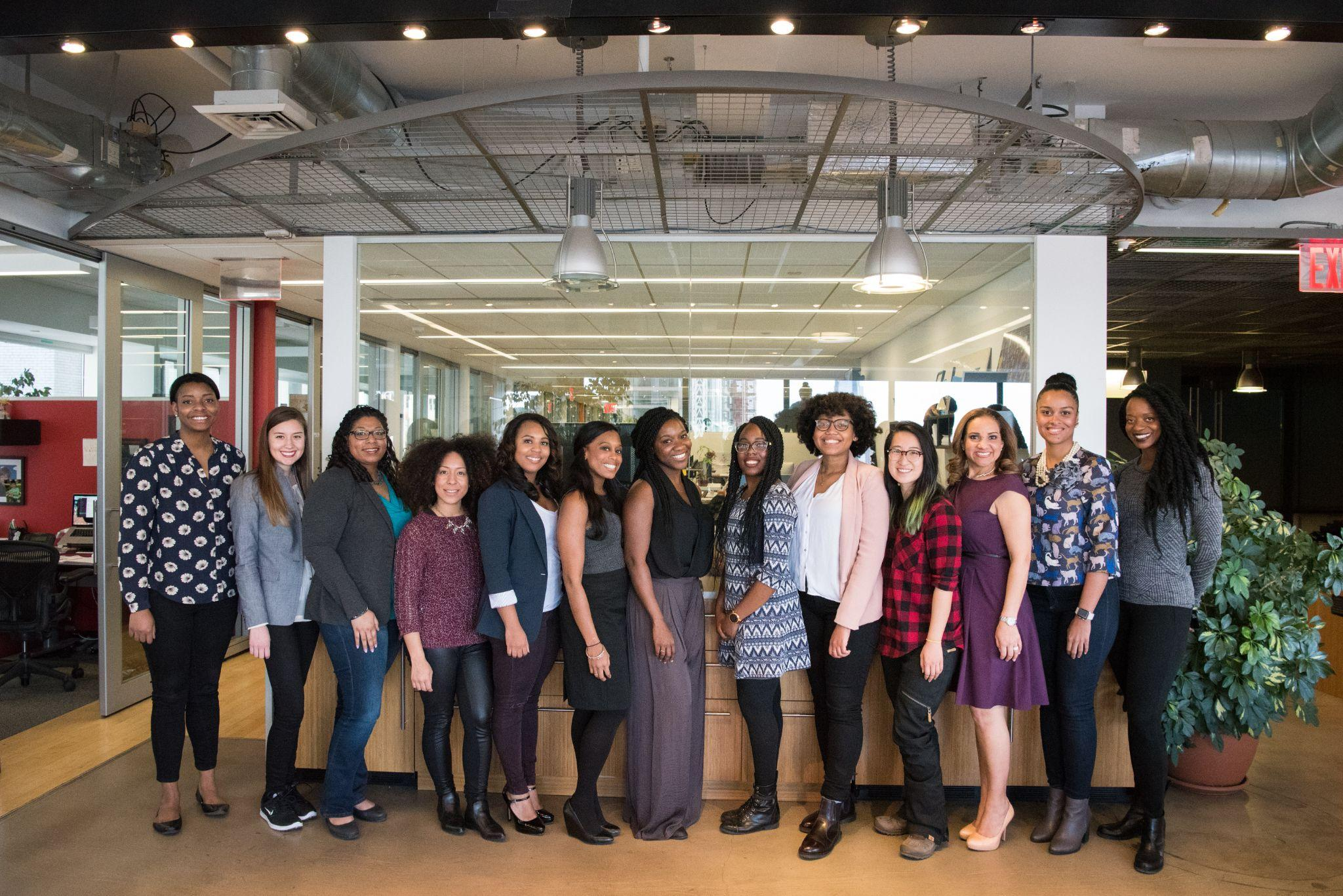Every human interaction at your workplace including hiring, promotions, management, and even workplace design has the potential to either include or exclude. If you’re looking to create a more diverse and inclusive workplace, you’ve come to the right place. Join us as we explore all the different ways employers can improve diversity and inclusion in their enterprises.
1. Walk the Walk
Part of managing workplace diversity is making sure that people feel welcome at work. This should include a sense of belonging but also a feeling that they can truly be themselves. They need to feel like their voices are being heard and they’re seen for who they are.
On an individual level, companies can encourage their team members to practice allyship, which means listening and being mindful of others. It’s also worthwhile to bring everyone into the conversation and the action plan for building that inclusive culture. This includes putting in the work to improve things like recruitment, mentorship, sponsorships, and amplifying voices that are traditionally underrepresented.
2. Implement Fair Hiring and Promotion Practices
Develop hiring and promotion processes that are unbiased and merit-based by setting clear diversity goals and incorporating them into recruitment strategies. You can get started by reviewing job descriptions and requirements to eliminate any potential barriers that may disproportionately affect underrepresented groups. Amp up your efforts by implementing diverse interview panels to reduce unconscious bias. Finally, assess and monitor diversity metrics to track progress and make necessary adjustments.
3. Identify Differences
Identifying differences is the first step in creating personas against which to test your policies. Personas can help you identify groups with shared experiences and show where these groups can benefit from updated policies and practices.
You might have a manager who is a father with a working spouse and four kids. This manager’s persona could reveal the challenges he faces in balancing work and family. By understanding his unique situation, policies can be tailored to better support employees in similar circumstances. Personas also help uncover gaps or biases in existing policies that may inadvertently exclude or disadvantage certain groups, allowing for more inclusive and equitable practices to be implemented.
4. Treat Your Diversity and Inclusion Goals as You Would Any Other Goals
You need a strategic vision for diversity and inclusion. Put time and resources behind it, and create milestones and targets for everything. Set public goals and timelines for correcting any problems you find, and then fix them on schedule.
Data shows that companies with a higher degree of ethnic or gender diversity perform far better financially than those that don’t have that kind of diversity in place. So, you’re set to benefit in more ways than one.
5. Encourage Employee Resource Groups (ERGs)
Establish and support Employee Resource Groups that bring together employees with similar backgrounds, experiences, or interests. These groups provide a platform for networking, mentoring, and sharing perspectives. Encourage ERGs to organize events and initiatives that promote diversity, educate others, and foster a sense of belonging. Recognize and leverage the valuable contributions of ERGs in shaping a diverse and inclusive workplace.
Win with Diversity
Diversity includes a lot of things, from age and gender to ethnicity, religion, and so much more. Having diversity in the workplace is important on many levels, all of which work to the organization’s advantage. Diversity and inclusion matter from a people standpoint. Working around people with different perspectives can help us grow and expand our way of seeing things. Diverse companies are also proven to make better decisions, foster more creative teams, and have more employee satisfaction. In other words, it’s a win-win on every metric.
































































